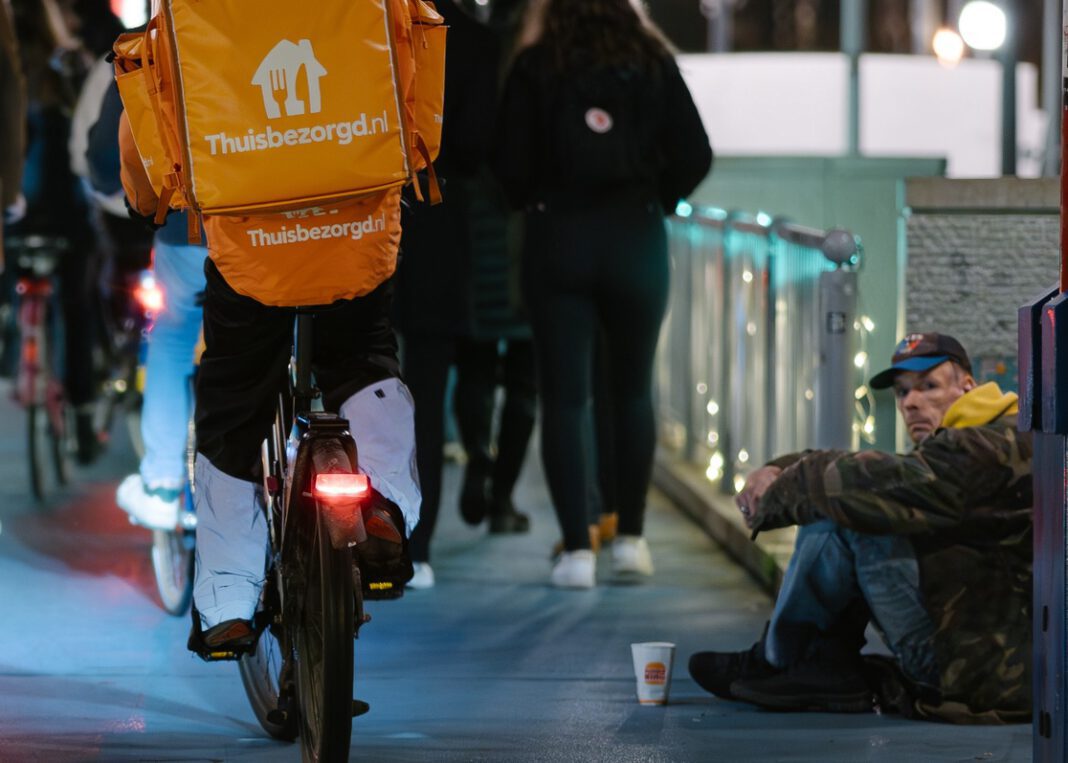Homeless shelters across the Netherlands are packed full, with some people in need already being sent back into the cold.
“There is really a huge pressure within the homeless shelters,” Esmé Wiegman, director of the industry association for homeless shelters, Valente, tells NU.nl.
Severe bed, space, and employee shortages have contributed to the issue.
Fewer houseless?
In August this year, Statistics Netherlands reported fewer official houseless people — but homeless shelters reported the opposite.
In response to the influx, a homeless shelter in Flevoland is sending people to a sports hall to sleep. In Utrecht, people are being turned away.
“It’s terrible to have to send people away. Our employees are very motivated to avoid that. We’re already stretching it a lot, but at some point, it stops,” an employee of Tussenvoorziening in Utrecht tells NU.nl.
More beds won’t fix the issue
While there’s a push for more beds, the Tussenvoorziening employee says that won’t fix the underlying issues.
“People are in shelters for too long because they can’t move on to a home. There shouldn’t be beds, but homes,” he says.
Wiegman from the industry association agrees.
“It’s a housing problem,” she says. “You want people to be in care for a maximum of three to four months. The shelter is there for crisis situations.”
However, people often stay in the shelter for nine months. Some stay for up to a year.
In that time, houseless people who struggle with their mental health can get worse. Instead, they need the stability of housing to get better.
Want the latest Dutch news to come zooming through the internet to your inbox? Dat kan! Subscribe to DutchReview’s weekly roundup 📮



